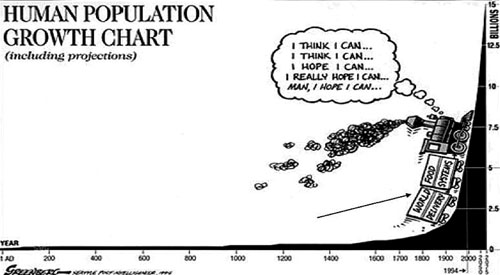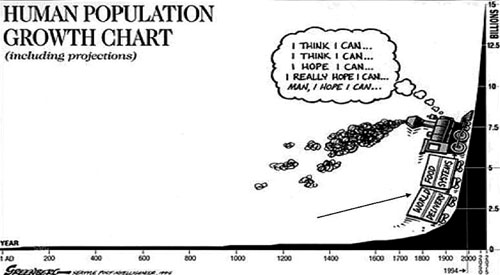
Population explosion: An eminent danger [Archives:2008/1138/Last Page]
March 17 2008
 |
7 percent, then GDP must grow faster than ten percent per annum. Only China achieves such a
GDP growth-rate. The only solution to help Yemen avoid the impending disaster is to prioritize family planning in order to control the population growth.
Yemen has improved its score on the human development index since 1990, but it is still ranked as a low human development country. The gross domestic product per capita is only $565 and has remained constant over the last seven years. According to the latest available statistics, 42 per cent of households live below the poverty line. Poverty is mainly a rural phenomenon, with 83 per cent of the population living in rural areas.
Yemen has one of the highest total fertility rates in the world (6.5 births per woman). While the population growth rate decreased from 3.7 per cent in 1994 to just over 3.0 per cent in 2004, it continues to be an underlying cause of many of the problems the country faces. The relatively high growth rate has negatively impacted water resources, economic growth, education and primary health care. The population of Yemen, currently estimated at 19.7 million, is expected to double in 23 years, thereby aggravating the poverty situation and hindering prospects for sustainable development. More than half of the population is younger than 18.
Yemen, with 365 maternal deaths per 100,000 live births, has one of the highest maternal mortality ratios in the world. Maternal mortality accounts for 42 per cent of all deaths among Yemeni women of childbearing age. Approximately 75 per cent of maternal deaths are preventable, occurring because of a lack of access to and availability of high-quality reproductive health services. Eighty-four per cent of all births take place at home and only 20 per cent of these births have skilled attendants present. The neonatal mortality rate is 37.3 deaths per 1,000 live births. Neonatal deaths account for nearly half of the infant mortality rate, which is 75 deaths per 1,000 live births. Access to reproductive health care is hampered by a lack of awareness among women, men and communities of reproductive health issues. Cultural taboos also impede access to reproductive health services. The unmet need for family planning is 51 per cent, including 36 per cent for modern methods. The contraceptive prevalence rate for modern methods is estimated to be only 13 per cent.
Source: UNFPA
——
[archive-e:1138-v:18-y:2008-d:2008-03-17-p:lastpage]


